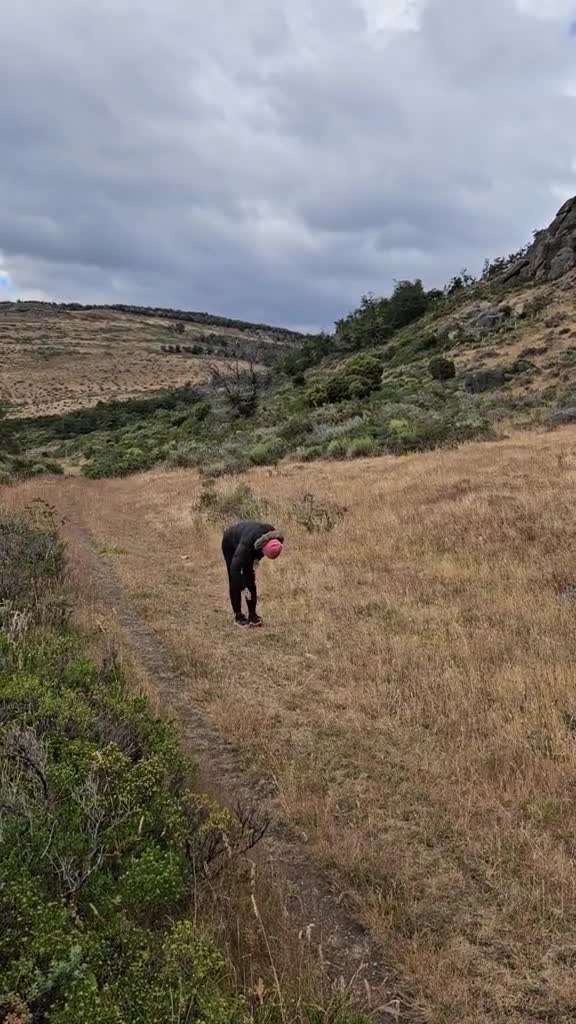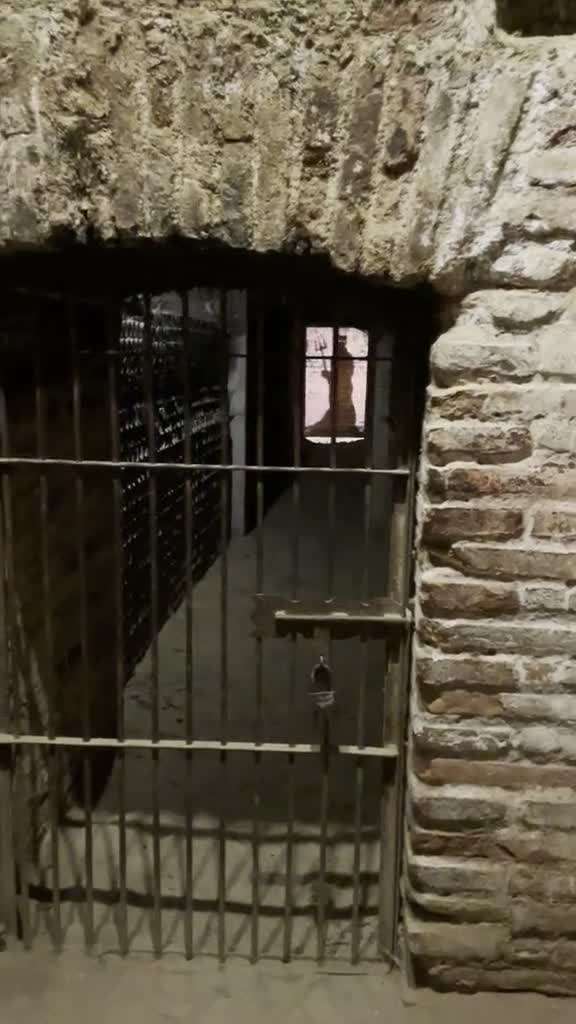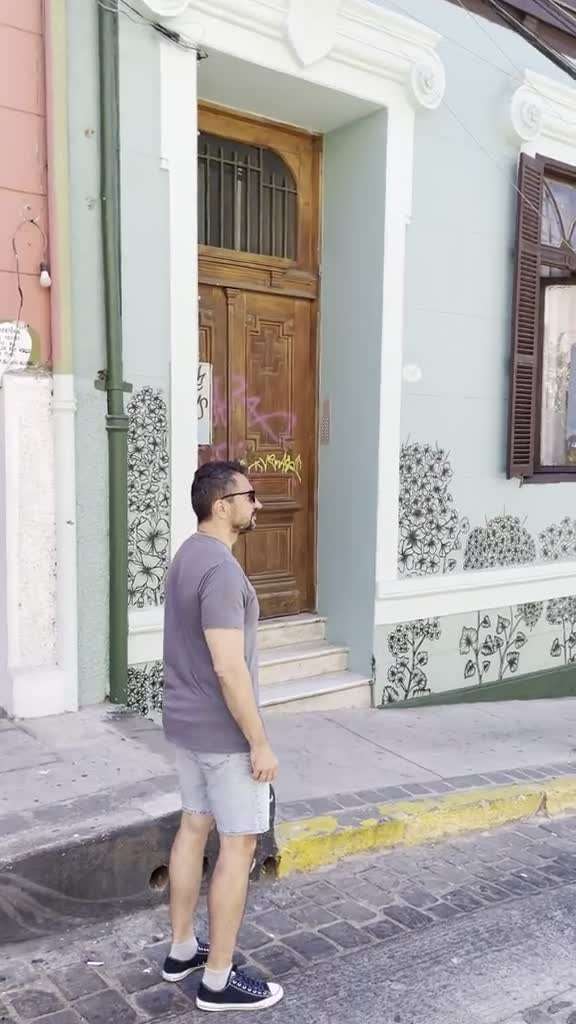Hiking, Chile
Removed from Unnamed collection
Chiloe National Park 
Chiloé National Park is a lush paradise, where the Valdivian rainforest reigns supreme. Picture dense woods filled with towering trees, evergreen wonders, shrubs, and tangling climbing plants. The landscape is a symphony of green, but it's not just a
Map
Removed from Unnamed collection
El Tatio Geysers
Wake up before dawn to witness an unforgettable spectacle as the sun rises over the craters of El Tatio. Perched 4,200 meters above sea level, El Tatio's geysers put on a mesmerizing show with their fumaroles. These white steam columns are at their p
Removed from Unnamed collection
Moon and Mars Valley
The quirky rock formations and sweeping dunes of Moon Valley (Valle de la Luna), along with the ever-shifting hues of Mars Valley (Valle de Marte) and the Salt Mountains, are unmissable attractions when exploring the Atacama Desert. By night, these a
Explore more places related to this search:
Removed from Unnamed collection
Ahu Tongariki 
With 15 gigantic stone-carved moai lined up on a 200-foot-long platform and a remote location framed by the looming Rano Raraku volcano and the crashing ocean, Ahu Tongariki is nothing short of spectacular. For many visitors, this is the star attract
Map
Removed from Unnamed collection
Orongo Ceremonial Village 
The ceremonial village of Orongo is truly one of the most captivating and awe-inspiring archaeological sites on Easter Island. This enchanting place is where an ancient ritual, which still influences the exhilarating competitions of the Tapati Rapa N
Map
Removed from Unnamed collection
Puna Pau 
Nestled on the captivating Easter Island, Puna Pau is the legendary quarry where the iconic red stone for the pukao—those striking topknots adorning the moai statues—originates. Picture this: in the later stages of moai statue creation, artisans crow
Map
Removed from Unnamed collection
Cementerio General de Santiago 
Named one of the World’s Most Scenic Cemeteries by CNN, Santiago’s sprawling Cementerio General is absolutely worth a visit. Covering a vast 210 acres (85 hectares) just north of the city center in the Recoleta neighborhood, this lavish and expansive
Map
Removed from Unnamed collection
Museo a Cielo Abierto 
If you're a street art enthusiast, Santiago's Museo a Cielo Abierto in the San Miguel neighborhood is a must-see. This open-air museum boasts dozens of gigantic murals that transform the urban landscape into a vibrant canvas. It's a perfect spot for
Map
Removed from Unnamed collection
Quinta Vergara 
In the early 19th century, the land was owned by Juan Antonio de la Carrera and his wife. They later sold it in 1840 to Francisco Salvador Alvarez, a Portuguese merchant with an eye for opportunity. It was here that Alvarez constructed his home, turn
Map
Removed from Unnamed collection
Renaca Beach 
If you're craving a mix of parties, bohemian vibes, and sun-soaked beaches, Reñaca is the perfect summer destination for you. This lively spot on the Chilean coast is buzzing with energy, offering everything from thrilling outdoor adventures to delig
Map
Removed from Unnamed collection
Wulff Castle 
In 1881, Mr. Gustavo Wulff, a German trader dealing in saltpeter and coal, as well as a maritime transporter, decided to make Chile his new home. Fast forward to 1904, and he purchased a 1,260-square-meter plot from Dr. Teodoro Von Schoeders, right i
Map
Removed from Unnamed collection
Palafitos de Chiloe 
Nestled among rolling hills and lush greenery, this charming city warmly invites you to take a leisurely stroll through its scenic streets. Treat your taste buds to the delights of its seafood restaurants, where the catch of the day is always fresh a
Map
Removed from Unnamed collection
Modern Art Museum 
Nestled in the heart of Chiloé Island, the Modern Art Museum in Castro is a hidden gem that champions contemporary Chilean art. Just 1,200 kilometers from Santiago, this vibrant cultural hub sits within the municipal park, offering a lush setting tha
Map
Removed from Unnamed collection
Chiu Chiu
Nestled along the famous Inca Trail, this hidden gem offers a refreshing oasis of shade amidst the vast desert landscape. Chiu Chiu is a charming spot where the pace of life is laid-back, punctuated by lively religious festivals. Depending on the pat
Removed from Unnamed collection
Tulor Village
Nestled within the heart of the desert, Tulor Village is like a hidden gem waiting to be discovered. Once an essential hub around 2800 BC, this ancient city was home to about 200 people. Today, it stands as a captivating museum, seemingly swallowed b
Removed from Unnamed collection
Atacama Salt Flat
Imagine stepping into a vast, otherworldly landscape, where surprises await around every corner. The Atacama Salt Flat stretches across an impressive 3,000 square kilometers, offering a sight that's truly unbeatable. This region is not just a feast f
Removed from Unnamed collection
Los Flamencos National Reserve
In the vastness of the desert, you'll come across lagoons, salt flats, and mountains seamlessly woven into the landscape. Together, these elements create sights that are nothing short of magical! The Los Flamencos National Reserve is a place where yo
Removed from Unnamed collection
Padre Le Paige Museum
Nestled in the heart of San Pedro de Atacama, the Gustavo Le Paige Archaeological Museum is a treasure trove of history that traces the fascinating evolution of the Atacameñan culture over more than eleven thousand years. Founded by the Belgian pries
Removed from Unnamed collection
Lake Sofie and burdock 
24 January 2025
On the way to the caves, we detoured to Lake Sofia. Climbed the next mountain without any issues, but unfortunately, we encountered a patch of burdock and picked up some thorns. In Patagonia, it's best to avoid dense thickets of bushes – lesson learn
Map
Removed from Unnamed collection
Casillero del Diablo winery 
20 January 2025
That was my birthday and we spent more than half of this day at the Casillero del Diablo winery in Santiago ... drinking wine and having a great time! What else would you want to do on your birthday? 😀 Casillero del Diablo is the largest winery in Sa
Map
Removed from Unnamed collection
Valparaiso. Chilean pacific coast. 
22 January 2025
Testing link font to ensure everything is correct
Map





















